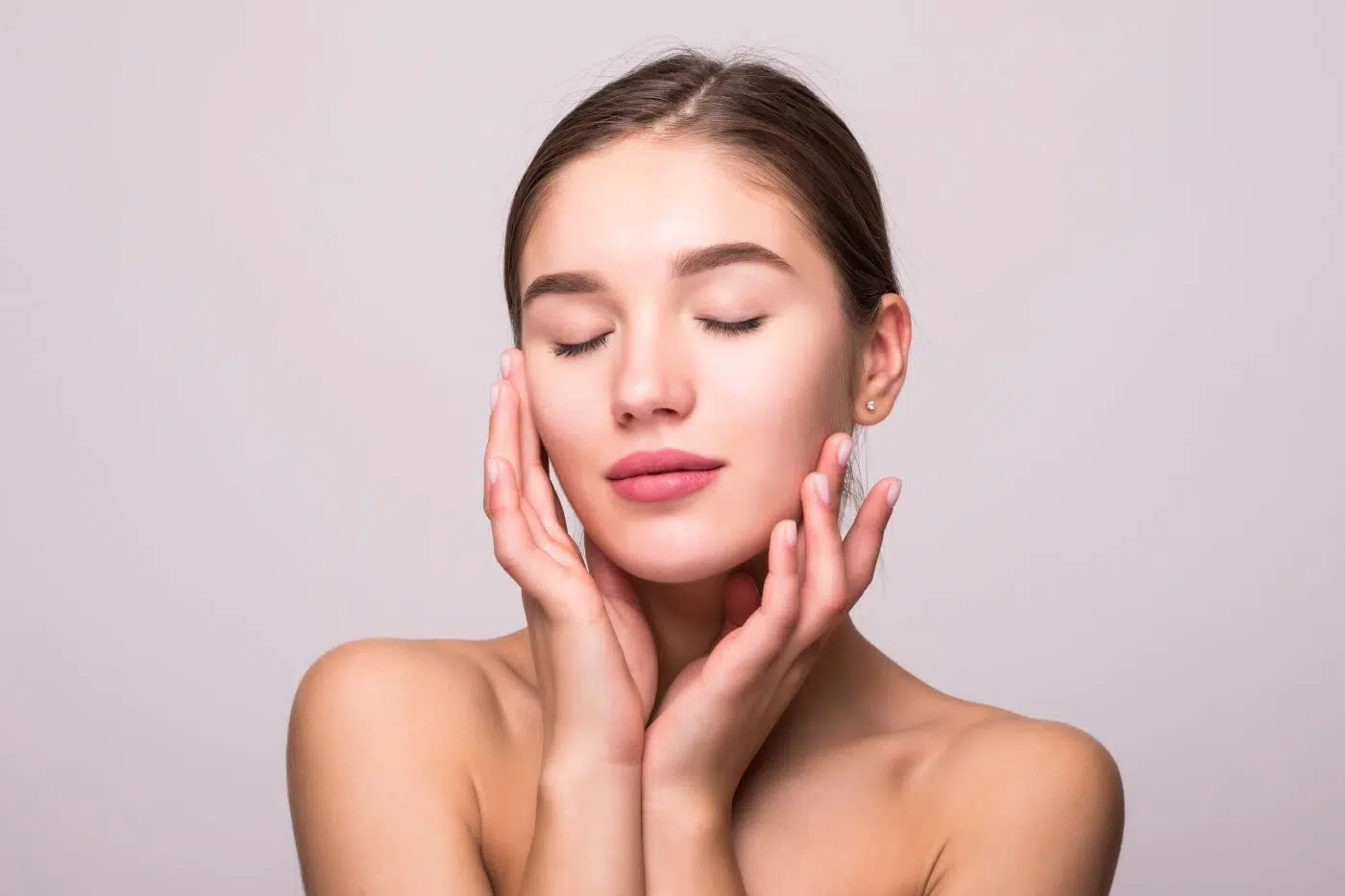As we grow older or face environmental stress, our skin begins to show signs of ageing, fatigue, and damage. Fortunately, a wide range of modern skin rejuvenation treatments are available today, designed to repair, restore, and revitalise the skin without the need for surgery. Whether you’re dealing with fine lines, sagging, dullness, or pigmentation, a skilled aesthetic clinic can help you choose the most effective approach.
If you’re searching for trusted facial treatment in Dublin or a skin treatment near you, here’s what you need to know about the options available, backed by clinical expertise and medically regulated procedures.
What is Skin Rejuvenation?
Skin rejuvenation focuses on enhancing the quality and the overall appearance of the skin through procedures which improves the collagen level, the skin tone, increase hydration, and regain elasticity. The outcomes are always slow but lon lasting, particularly when done by experts with medically accepted technologies and procedures.
Proven Skin Rejuvenation Treatments to Consider
1. CO₂ Laser Resurfacing
CO 2 laser is a partial surgery that eliminates layers of damaged skin and causes deeper tissue growth. It is very useful in curbing:
- Deep wrinkles
- Pigmentation irregularities
- Acne scars
- Uneven skin texture
It is good to tighten the skin and result in smooth skin, so this skin treatment is applicable to those who want to see the quick effect of rejuvenation with the long-lasting results. The skin consultation needs to be personalized that would identify its suitability and downtime expectation.
2. PRP and Exosome Microneedling
Microneedling is the procedure of creating microchannels on the skin with the help of ultra-fine needles that cause the body to initiate a healing process. It enhances tissue repair and regeneration potential by a significant increase in the production of collagen when combined with Platelet-Rich Plasma (PRP)or Exosome therapy.
This approach is perfect in the treatment of:
- Fine lines and enlarged pores
- Acne scarring
- Dull or uneven skin tone
- Mild skin laxity
PRP is derived from your own blood, which makes it biocompatible, whereas exosomes can deliver regenerative signals improving skin healing.
3. Chemical Peels
Medical-grade chemical peels exfoliate the upper skin layers to remove dead cells, stimulate renewal, and reveal brighter skin. Different peels are tailored for varying concerns, including:
- Hyperpigmentation
- Melasma
- Acne-prone skin
- Photo-damage
These are low-downtime skin treatments that offer gradual, cumulative improvement over multiple sessions.
4. Collagen Stimulators and Biorevitalisers
Injectable skin boosters such as Sculptra, Ellansé, and Radiesse are used to enhance skin structure by encouraging natural collagen production. These work from the inside out and are perfect for those wanting gradual and long-lasting improvements in skin firmness and density.
Additionally, Profhilo and Sunekos offer hydration-focused results. These biorevitalisers contain hyaluronic acid or amino acid complexes to improve skin texture and elasticity, particularly effective for:
- Dehydrated skin
- Fine lines
- Ageing on the face, neck, hands, or décolletage
Both types of injectables are often chosen for patients seeking rejuvenation without volume changes.
5. PDO Thread Lifting
PDO (Polydioxanone) threads are fine absorbable fibres inserted into the skin to provide immediate lifting while stimulating long-term collagen formation. They are frequently used to address:
- Sagging jawline
- Drooping cheeks
- Loose neck skin
Unlike traditional facelifts, thread lifts offer a non-surgical alternative with limited downtime and progressive improvement.
6. Fat-Dissolving and Body Skin Rejuvenation
In other parts of the body, improvement of body skin tone with reduction in stubborn fat is now available in the aesthetic clinics. These include:
- Desobediência: Fat-dissolving injection is utilized to sculpt small lumps of fat on the body like the abdomen, thighs, or arms.
- Body Profhilo/ Sunekos: Used to treat crepey or sagging skin on the body (e.g inner arms/ belly) to restore firmness and plump the skin.
- Stretch Mark Resurfacing (CO 2 Laser): Uses controlled skin resurfacing to improve the texture and depth of the stretch marks.
These body treatments are ideal for clients who want to revamp the look of their whole body and are complementary to a facial treatment.
What to Expect From Your Consultation
A good clinic evaluates your skin condition, talks with you about what you expect, and develops a customized plan. This makes every treatment safe, effective, and appropriate to your skin type requirements.
They might also recommend skin treatment combinations such as microneedling and skin boosters to achieve better results. This method is not just a solution on the surface, but optimizes the health of the long-term skin as well.
Why EC Clinic is Trusted by Dublin Clients
Located in central Dublin, EC Clinic provides you with a complete skin rejuvenation package involving medically approved means that are undertaken by trained personnel. Every treatment is diverted to your skin requirement and rendered professionally in a safe, confidential environment. From facial revitalisation to advanced body treatments, We blends aesthetic innovation with patient-centred care.
Ready to refresh your skin the safe, natural way? Book your personalised consultation today.
Perguntas mais frequentes
How soon can I see results from skin rejuvenation treatments?
Some treatments like fillers or biorevitalisers offer immediate hydration or lift, while others like CO₂ laser or collagen stimulators develop results gradually over weeks to months.
Are skin rejuvenation procedures painful?
Most treatments involve minimal discomfort. Numbing cream is used where needed, especially for microneedling or laser treatments. Injectable treatments are performed with fine needles and precision.
How many sessions will I need?
It depends on the treatment and your goals. A course of 2–4 sessions may be recommended for PRP, skin boosters, or microneedling. Some injectable treatments need just 1–2 sessions initially, followed by annual maintenance.
4. Can I return to work after treatment?
Yes, most treatments have low to no downtime. Mild redness or swelling may occur depending on the procedure, but you can usually resume regular activities the same day or the next.

